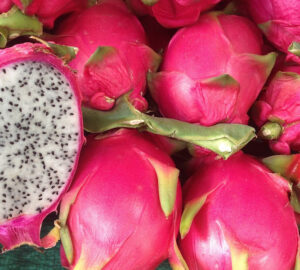Discover the enigmatic world of the durian fruit, a tropical delicacy revered for its captivating aroma and distinctive flavor. From its origins in Southeast Asia to its polarizing reputation, delve into the allure and complexities of this exotic fruit that has captivated taste buds and sparked lively debates.
Durian is a unique and exotic fruit that is highly regarded by many garden lovers and fruit enthusiasts around the world. Let us introduce you to this fascinating fruit.

Origin and Description
Durian (Durio zibethinus) is a tropical fruit native to Southeast Asia, particularly Malaysia, Indonesia and Thailand. It is believed to have been first domesticated in Borneo thousands of years ago. It is often referred to as the “king of fruits” due to its distinctive taste, strong aroma and thorny exterior. The tree itself can grow up to 25-50 meters tall and features large, oval-shaped leaves.
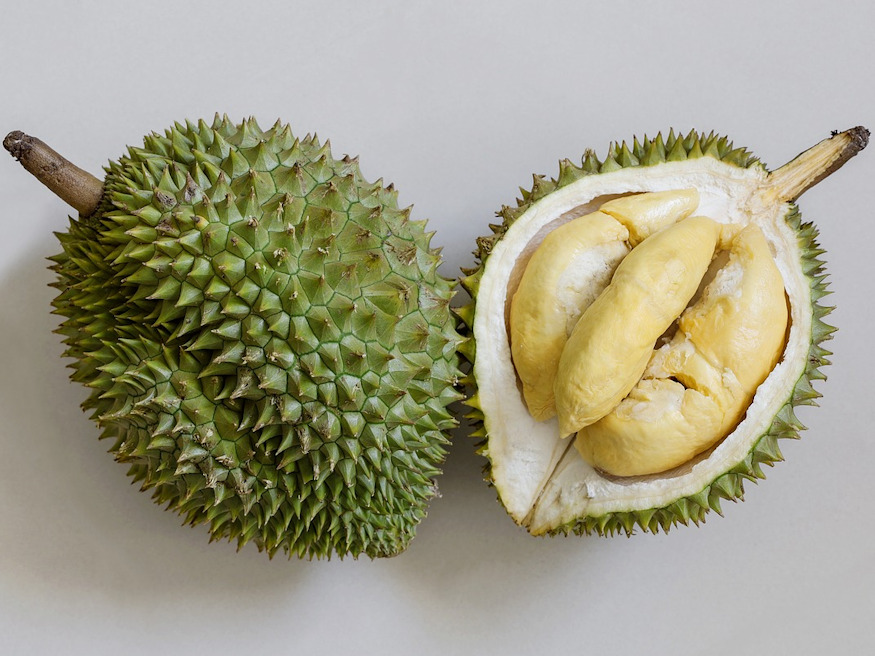
The fruit itself is large, typically weighing anywhere from 1-7 pounds (0.5-3 kg) and is covered in a spiky green or brown husk which serves as a protective shell. The spikes are sharp and can be quite intimidating, but they also prevent animals from easily accessing the fruit. When ripe, the husk will crack open to reveal a creamy yellow flesh that is divided into sections. Each section contains a large seed. The flesh has a distinctively sweet, creamy flavor with a slightly nutty taste.

Flavor and Aroma
Durian is known for its strong and pungent aroma, which can be quite polarizing. Some people adore its scent, comparing it to sweet custard or almonds, while others find it overpowering or unpleasant. The flavor is complex and creamy, with hints of sweetness and a slightly savory undertone. It has been described as a blend of sweet, custard-like notes with subtle hints of garlic, caramel and even cheese. Each durian variety can have its own unique flavor profile.
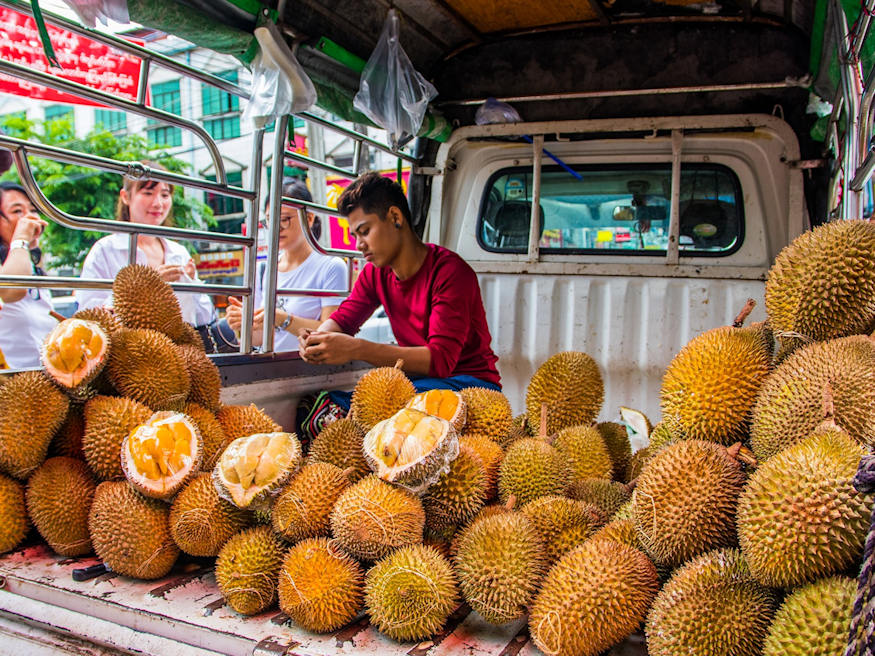
Culinary Uses
Durian is primarily consumed fresh, and it is highly prized for its rich and creamy flesh. The fruit is typically split open to reveal the creamy yellow or orange segments inside, which are often eaten raw. Some people enjoy the taste and texture so much that they consider it a delicacy. The flesh can be quite delicate and difficult to handle, so it is best to purchase pre-cut durian if you are new to the fruit.

In Southeast Asian cuisine, durian is also used in a variety of sweet and savory dishes. It is incorporated into desserts like ice creams, cakes and pastries, lending its distinct flavor. Additionally, the seeds can be cooked, boiled or roasted and are sometimes used as an ingredient in traditional recipes.
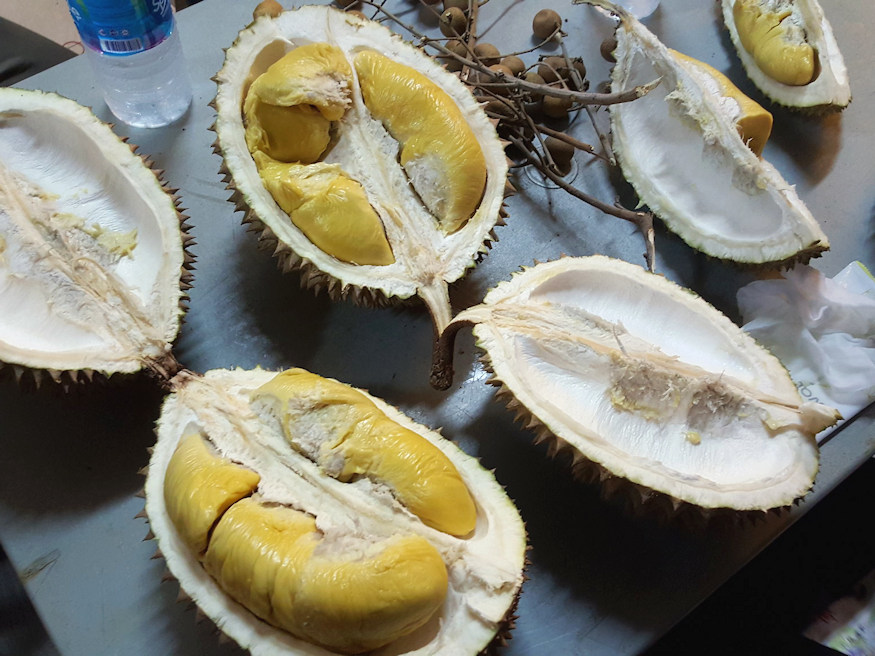
What Makes Durian Special
Durian has several unique characteristics that set it apart from other fruits:
- Distinctive Flavor and Aroma: The strong and complex flavor profile, combined with the pungent aroma, is what makes durian stand out. It’s a fruit that elicits strong reactions from people, either attracting them or repelling them.
- Cultural Significance: Durian holds a special place in Southeast Asian culture. It is often associated with celebrations, and many people eagerly anticipate the durian season, which is a time when various durian varieties are harvested and enjoyed.
- Nutritional Value: Durian is a nutritious fruit. It is rich in vitamins, minerals and dietary fiber. It contains essential nutrients like vitamin C, potassium and manganese, as well as antioxidants that help protect the body from oxidative stress. Additionally, durian is believed to have a number of health benefits, including boosting immunity, improving digestion and reducing inflammation.
- Biodiversity: Durian contributes to the biodiversity of the regions where it is grown. The durian tree is an evergreen species that provides shade and habitat for other plants and animals in the tropical rainforest ecosystem.
- Social Experience: Eating durian is often a social experience, as it is common for friends and family to gather and enjoy the fruit together. It is a shared experience that brings people closer and creates lasting memories.
It’s important to note that due to the fruit’s strong odor, durian is banned in some public spaces and transportation systems to respect the preferences of individuals who may find the smell unpleasant.
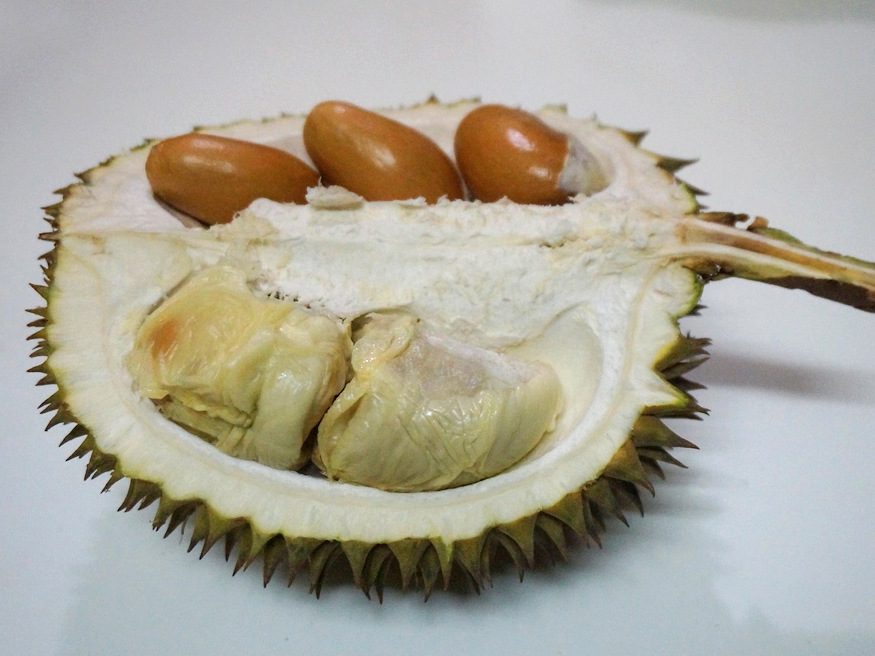
The Smell of Durian
Describing the smell of durian can be quite challenging as it is a unique and complex aroma. People’s experiences and perceptions of the smell can vary greatly. Some people find it delightful and describe it as sweet, fragrant and enticing, while others find it overpowering and unpleasant.

The odor of durian has often been compared to a combination of different scents. It is known for its strong, pungent and musky aroma. Some descriptors commonly associated with the smell of durian include:
- Sweet and creamy: The smell of durian is often described as having sweet, custard-like notes, reminiscent of a rich, tropical dessert.
- Onions and garlic: Some people detect hints of onion and garlic in the aroma of durian, giving it a savory undertone.
- Rotting or decaying: Durian’s aroma has also been compared to the smell of rotting or decaying food. This aspect of the scent is what many people find challenging or off-putting.
- Sulphur: There is a sulfuric element to the smell of durian, similar to the smell of cooked cabbage or eggs.
It’s important to note that the intensity of the odor can vary depending on the ripeness of the fruit. Ripe durians tend to have a stronger smell compared to unripe ones.

Because of its strong and distinctive aroma, durian is often banned in public transportation, hotels and other enclosed public spaces in certain countries. However, for durian enthusiasts, the unique smell is part of the fruit’s allure and is seen as a defining characteristic of its experience.
Durian Goes Global: Europe Falls for the “King of Fruits”
Once a rare curiosity outside Southeast Asia, durian is now making surprising waves across Europe. From creamy ice creams to bold-flavored pastries, this famously fragrant fruit is popping up in supermarkets and trendy dessert shops in places like London, Paris, and Amsterdam.
Thanks to advances in cold-chain logistics and vacuum-sealed packaging, frozen and processed durian can now travel long distances without losing its unique taste – or overwhelming aroma. Chefs are embracing it in daring new fusion dishes, while curious food lovers are sharing their first bites – and reactions – on social media. The “King of Fruits” is no longer just a Southeast Asian icon; it’s becoming a bold new favorite on Europe’s culinary map.
Overall, durian is a fascinating fruit that is definitely worth trying if you have the opportunity. Just be prepared for its strong odor, which can be quite polarizing!





